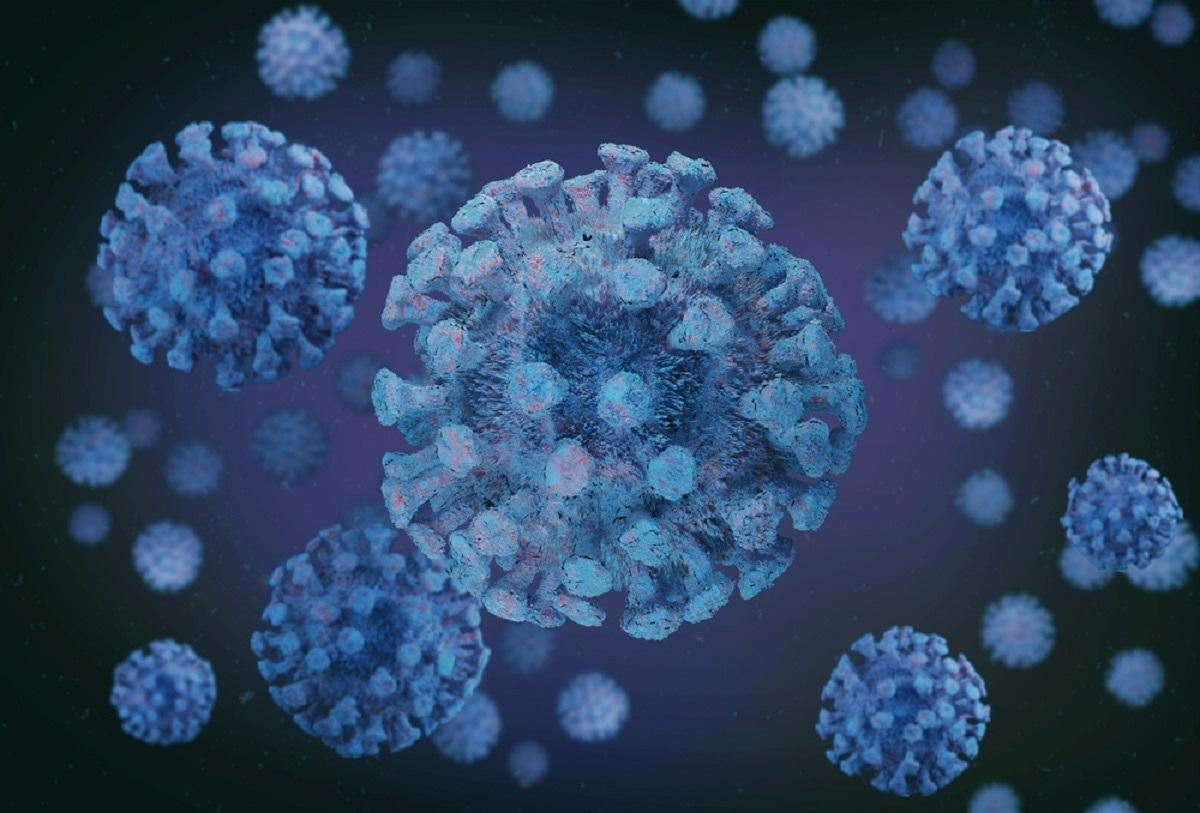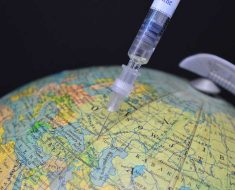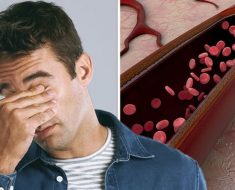In a recent study published in Drug Discovery Today, researchers assessed the potential of nanosponges against severe acute respiratory syndrome coronavirus 2 (SARS-CoV-2).

Background
Nanosponges against SARS-CoV-2 Among the several nanomaterials explored, systems based on nanosponges have displayed significant inhibitory effects on the biological neutralization and the viral potency of SARS-CoV-2. Several studies are currently investigating the biological neutralization mechanisms, long-term biocompatibility as well as biosafety profile of nanosponges in SARS-CoV-2 treatment.
Nanosponges against SARS-CoV-2
In the present study, researchers summarized the recent progress in investigating the inhibitory impact of nanosponges and antiviral delivery against SARS-CoV-2.
Nanosponges are found as both paracrystalline and crystalline forms, which are assessed based on the reaction or synthesis processes. Crystallization of sponges has been found to improve their drug-loading capacity. While nanosponges are widely studied for their potential for biologically neutralizing activity, only a limited number of studies have reported their applicability as an antiviral delivery agent.
Cyclodextrin-based nanosponges having carboxylic groups in their structures have been assessed for their delivery of the antiviral agent called acyclovir and showed high drug-loading capacity with sufficient prolonged release. Further research is required to understand the comprehensive efficacy and assess the biodistribution of the drug using nanosponge-based systems. Another study analyzed the cytotoxicity of beta-cyclodextrin nanosponges developed to encapsulate a phytotherapeutic agent called Babchi oil. This study showed that the nanosponge-based delivery system displayed high stability, biosafety as well as effective therapeutic impact with minimal adverse effects.
Novel nanomaterials have also been recently explored for their potential to mimic viral attachment to cells. Biocompatible nanostructures derived from polymers like poly(lactic-co-glycolic acid) could be transformed into core-shell membranes by coating them with cellular membranes such that they mimic human cells while retaining high stability. The designed nanostructures could have their binding points placed on the cellular membrane and surround the virus, thus preventing viral entry.
A study has reported a two-step neutralization process derived from a decoy nanosponge used against SARS-CoV-2 infection by neutralizing the virus. Such nanosponges have displayed effective protection of the host cells from SARS-CoV-2 infection by competing with them for viral binding.
Various studies have also shown that cellular binding as well as SARS-CoV-2 entry into the host cell can be facilitated by the viral spike (S) protein via its attachment to the angiotensin-converting enzyme-2 (ACE-2) receptor and glycosaminoglycans like heparin. Thus, cellular nanosponges serve as a decoy of host cells to attract and subsequently neutralize SARS-CoV-2 via natural cellular receptors, resulting in a broad-spectrum antiviral action. This suggested that incorporating glycosaminoglycans in host-mimicking cellular nanostructures is a promising approach to the prevention of SARS-CoV-2 infection.
The team also observed that membrane nanoparticles developed from ACE2-rich cells effectively blocked SARS-CoV-2 infectivity by suppressing SARS-CoV-2 spike entry into host cells. This suppression is achieved by obstructing viral infectivity in vitro as well as in vivo. Biomimetic nanocarriers developed for antiviral drug delivery systems against SARS-CoV-2 infections have also displayed anti-inflammatory effects. Polymeric nanoparticles loaded with Lopinavir, an antiviral drug, have also shown an improved potential in targeting inflammation while increasing the therapeutic impact of the drug, resulting in the reduction of viral load.
Another study demonstrated the SARS-CoV-2 neutralizing effect of plasma membrane-ACE2 extracellular vesicles in human ACE2 transgenic mice. The study reported effective blocking activity against authentic viral loads of SARS-CoV-2, thus defending the host cells from SARS-CoV-2 infection-induced lung inflammation. Furthermore, intravenous-injected drugs based on nanosponge systems can also be effective in multivalent capturing of SARS-CoV-2. However, clinical and preclinical assessments are essential to analyze the mechanisms involved and their efficiency against SARS-CoV-2 variants.
A study developed ACE2 nanodecoys derived from human lung spheroid cells that sufficiently neutralized SARS-CoV-2 while protecting the host lung cells from SARS-CoV-2 infection. These nanodecoys displayed no detectable toxicity while providing accelerated viral clearance with decreased lung injury. Such decoys have unique properties with potential SARS-CoV-2 inhibitory and therapeutic impact.
In vitro 3D-nanosponge models against SARS-CoV-2
Several three-dimensional (3D) in vitro models have been effectively used against viral as well as antiviral infections since such models provide a realistic platform in comparison to the traditional 2D monolayer cell cultures. These models have also been found to efficiently recapitulate the tissue or organ physiological microenvironment, thus allowing the development of a more robust SARS-CoV-2 infection model, leading to novel drug development.
Overall, the study findings showed that nanosponges used against SARS-CoV-2 infections have displayed potential inhibitory effects for improved biological neutralization as well as antiviral drug delivery. The researchers believe that further research is required to understand the exact mechanism of action involved and efficacy derived from nanosponge-based systems.
- Mostafavi, E., Iravani, S. and Varma, R. (2022) "Nanosponges: an overlooked promising strategy to combat SARS-CoV-2", Drug Discovery Today. doi: 10.1016/j.drudis.2022.07.015. https://www.sciencedirect.com/science/article/pii/S1359644622003002
Posted in: Medical Science News | Medical Research News | Disease/Infection News
Tags: ACE2, Acyclovir, Angiotensin, Anti-Inflammatory, Antiviral Drug, Cell, Coronavirus, Coronavirus Disease COVID-19, Cytotoxicity, Drug Delivery, Drug Discovery, Drugs, Efficacy, Enzyme, Heparin, in vitro, in vivo, Inflammation, Lopinavir, Membrane, Nanoparticles, Nanostructures, Polymers, Preclinical, Protein, Receptor, Research, Respiratory, SARS, SARS-CoV-2, Severe Acute Respiratory, Severe Acute Respiratory Syndrome, Syndrome, Transgenic, Virus

Written by
Bhavana Kunkalikar
Bhavana Kunkalikar is a medical writer based in Goa, India. Her academic background is in Pharmaceutical sciences and she holds a Bachelor's degree in Pharmacy. Her educational background allowed her to foster an interest in anatomical and physiological sciences. Her college project work based on ‘The manifestations and causes of sickle cell anemia’ formed the stepping stone to a life-long fascination with human pathophysiology.
Source: Read Full Article





